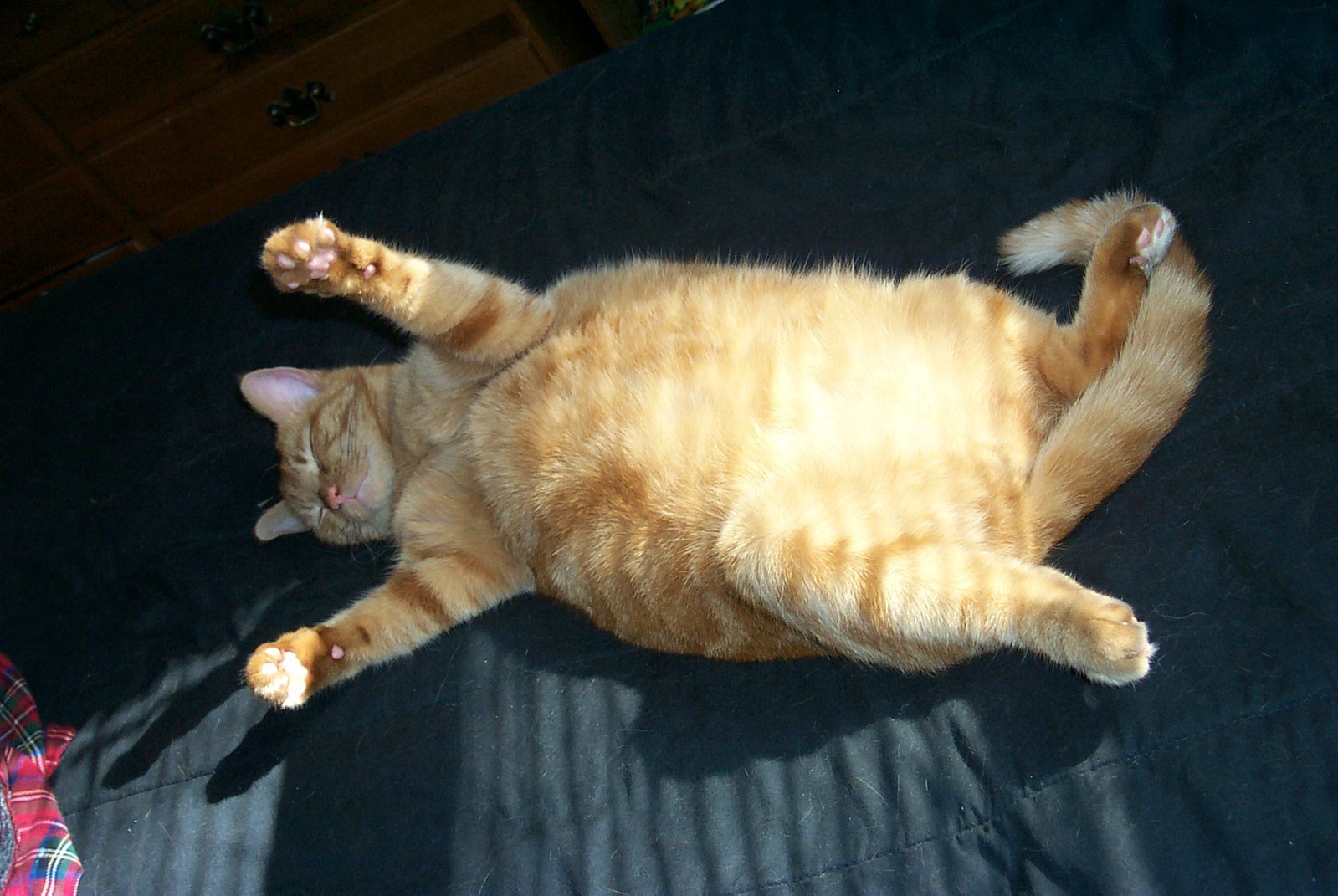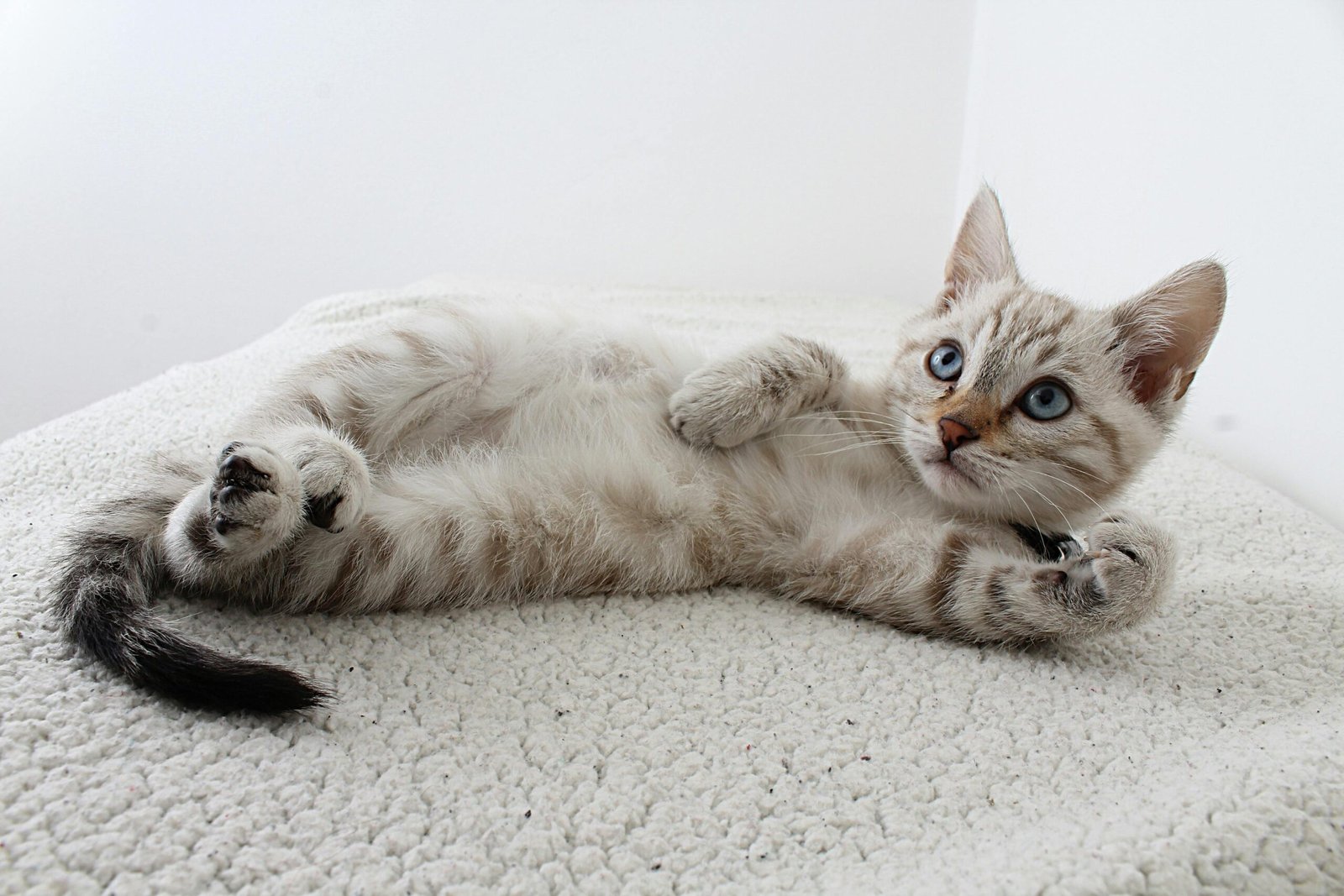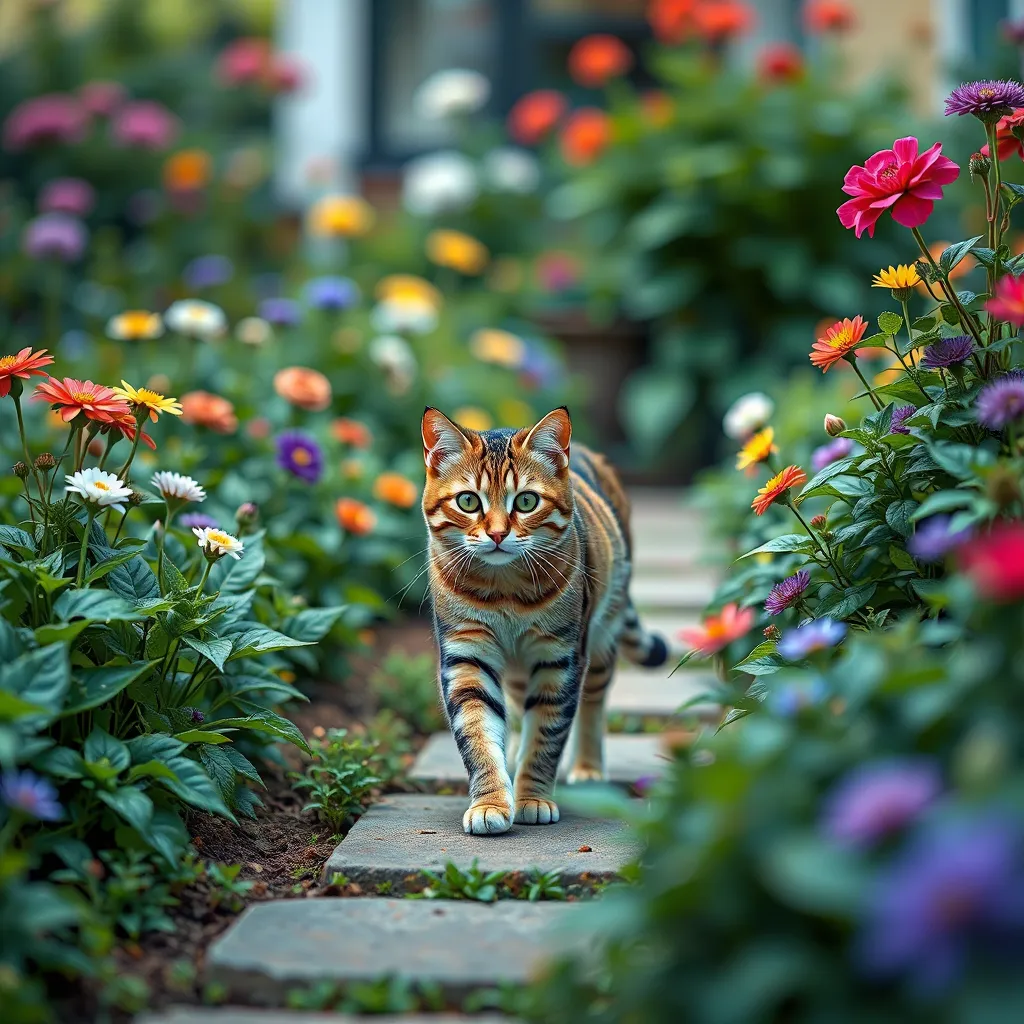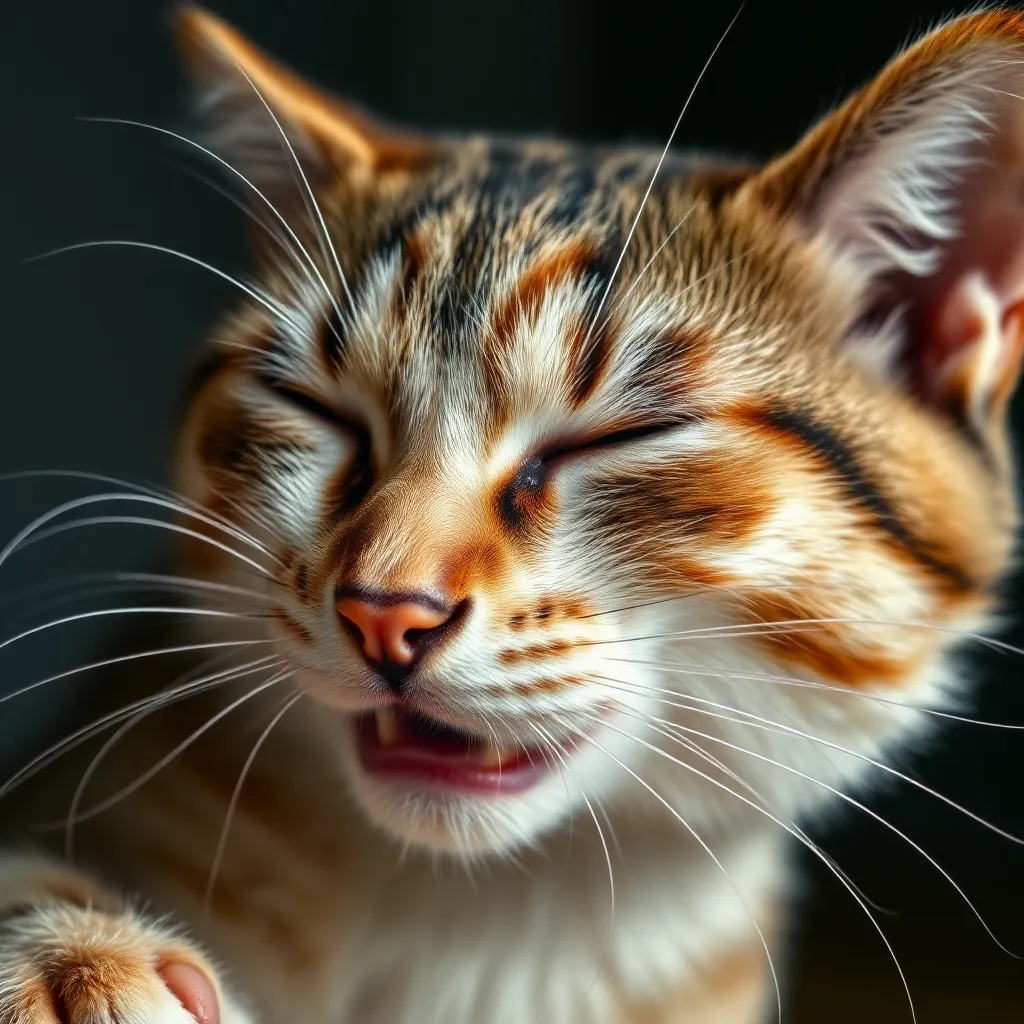Abstract: Feline obesity is a growing concern, stemming from a combination of inadequate exercise and improper nutrition. This comprehensive guide provides actionable strategies to help you keep your feline friend active, healthy, and at a healthy weight. Learn about recognizing the signs of obesity, implementing effective dietary changes, and incorporating fun exercise into your cat’s daily routine.
Introduction: The Growing Problem of Obesity in Cats
Obesity in cats is a serious and increasingly prevalent issue affecting millions of felines worldwide. Often stemming from a combination of readily available high-calorie food and a lack of sufficient physical activity, overweight cats face a significantly elevated risk of developing a range of debilitating health problems. These include diabetes, osteoarthritis, heart disease, liver problems, and even certain types of cancer. But the good news is that with careful attention to diet and exercise, you can effectively prevent and even reverse feline obesity. This guide provides practical, evidence-based advice to help you keep your beloved companion at a healthy weight, ensuring a longer, happier, and healthier life together. We’ll cover everything from recognizing the signs of obesity in cats to creating a tailored exercise and nutrition plan. Let’s dive in and learn how to keep your cat fit and fabulous!
Recognizing the Signs of Feline Obesity
Before you can address obesity in cats, you need to accurately assess your cat’s weight. Simply feeling your cat’s ribs shouldn’t be the only measure. A healthy cat should have a clearly visible waistline when viewed from above, and you should be able to feel their ribs easily without excessive pressure. If you can’t feel their ribs, or if their abdomen appears distended, it’s a strong indication of excess weight.
Here are some key signs to watch for:
- Difficulty moving: An overweight cat may struggle to jump, climb, or play as energetically as a healthy cat.
- Increased panting: Extra weight puts a strain on their respiratory system.
- Lethargy and reduced activity: Overweight cats often become less playful and more sedentary.
- Changes in appetite: Some obese cats may show increased hunger, while others may experience decreased appetite.
- Difficulty grooming: Reaching certain areas of their body becomes challenging.
If you suspect your cat is overweight, consult your veterinarian. They can provide a professional assessment, determine your cat’s Body Condition Score (BCS), and offer personalized advice.
Implementing a Healthy Cat Diet
The cornerstone of weight management in cats is a carefully planned diet. This doesn’t necessarily mean starving your cat; it means providing the right amount of high-quality food for their individual needs. Here’s how to approach dietary changes:
- Choose a high-quality, low-calorie cat food: Opt for foods specifically formulated for weight management. Look for options with high protein content and moderate fat levels. Avoid foods with excessive fillers or added sugars.
- Measure food portions precisely: Follow the feeding guidelines on the food packaging, adjusting portion sizes based on your cat’s weight and activity level. Using a food scale ensures accuracy.
- Feed your cat multiple small meals: This can help regulate blood sugar levels and prevent overeating.
- Limit treats: Treats should only constitute a small percentage (approximately 10%) of their daily caloric intake.
- Avoid table scraps: Human food is often high in fat, salt, and sugar, which can contribute to weight gain.
- Monitor water intake: Adequate hydration is crucial for overall health and can aid in weight loss. Ensure your cat always has access to fresh, clean water. Consider using a water fountain to encourage drinking.
- Gradual changes: Sudden dietary changes can upset your cat’s digestive system. Introduce new food gradually over several days to minimize stress and digestive upset.
Encouraging Cat Exercise
While a healthy diet is essential, exercise plays a crucial role in combating feline obesity. Luckily, there are many ways to incorporate physical activity into your cat’s daily routine:
- Interactive play: Engage your cat in interactive play sessions using toys like feather wands, laser pointers (used responsibly to avoid frustration), or puzzle feeders. Aim for at least 15-20 minutes of active play daily.
- Vertical space: Cats are natural climbers. Provide climbing structures like cat trees or shelves to encourage vertical movement.
- Environmental enrichment: Create a stimulating environment with various textures, hiding spots, and climbing opportunities.
- Food puzzles: These toys require your cat to work for their food, providing mental and physical stimulation.
- Outdoor time (if safe): If your cat is accustomed to and safe outdoors, supervised playtime in a secure area can provide valuable exercise.
Monitoring Progress and Seeking Veterinary Advice
Regularly monitor your cat’s weight and body condition. Weigh your cat weekly or bi-weekly using a pet scale. Take photos from the same angle to visually track changes. Consult your veterinarian regularly to discuss your cat’s progress and make any necessary adjustments to their diet or exercise plan. They can provide valuable guidance and address any underlying health issues that may be contributing to weight gain.
Product Suggestions
- High-quality, low-calorie cat food: Brands like Hill’s Science Diet Metabolic and Royal Canin Veterinary Diet Satiety are specifically formulated for weight management.
- Interactive toys: Feather wands, laser pointers, puzzle feeders, and catnip toys provide engaging play opportunities.
- Water fountains: These encourage greater water consumption, essential for overall health.
FAQ
Q: What signs indicate that my cat is overweight?
A: Signs of overweight cats include difficulty moving, increased panting, lethargy, changes in appetite, difficulty grooming, and a lack of a visible waistline when viewed from above. You should be able to easily feel your cat’s ribs without excessive pressure.
Q: How can I control my cat’s diet?
A: Control your cat’s diet by choosing high-quality, low-calorie cat food, measuring food portions precisely, limiting treats, avoiding table scraps, and ensuring adequate water intake. Gradual dietary changes are crucial to avoid digestive upset.
Q: What are some simple activities to encourage exercise?
A: Simple activities include interactive play sessions with toys, providing climbing structures, creating a stimulating environment, using food puzzles, and (if safe) supervised outdoor playtime. Aim for at least 15-20 minutes of active play daily.
Remember, preventing obesity in cats is a commitment to their long-term health and well-being. By combining a healthy diet with regular exercise and regular veterinary checkups, you can help your feline friend live a longer, happier, and healthier life.
Keywords: cats, feline obesity, healthy cat food, cat exercise tips, feline well-being, weight management in cats, obesity in cats, cat diet, preventing cat obesity
Share this content:







